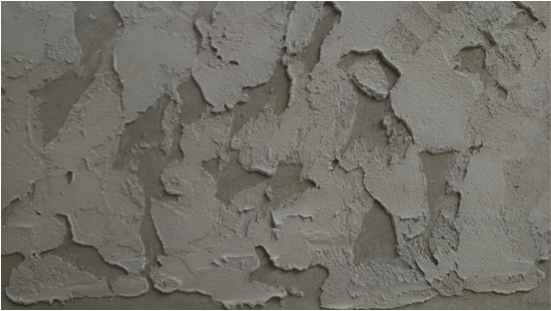With holes in it was used as an alternative to wood lath or expanded metal lath to support finished plaster walls in homes built from the 1920 s to 1950 s or even a bit later.
Type wall plaster over concrete 1950 built.
Wooden lath strips are nailed across the framing and then plaster is applied to them.
When drywall panels came on the.
Types of plaster based on material used lime plaster.
Lime plaster might be shrink after drying so animal hair of about 5 kg is used for 1 m 2 to avoid lime plaster cracking and.
Here is a link to a web page that explains the various types of plaster wall types.
Lime plaster is the traditional finish for houses pre 1919 but may have been used up until the 1950s when plasterboard and gypsum took over.
For completeness one should add a fourth plaster surface type.
Lath and plaster if your home was built before 1950 you most likely have traditional lath and plaster walls.
It s called gypsum lath and was basically 2 wide pieces of drywall that had two coats of plaster on top.
An off white colour is typical of a lime plaster.
Strange wall composition in my 1950 s house in nj plaster concrete gypsum the walls in my 1950 s era house have the strangest composition i ve ever seen.
By 1955 around 50 of new homes were built using gypsum wall while the other 50 were still built with plaster and gypsum lath.
Builders nailed thin closely spaced strips of wood lath to wall studs and then smoothed multiple coatings of plaster over the lath to form flat wall surfaces.
The baby boom in 1946 to 1960 caused sales to grow rapidly as more than 21 million new houses were built nationwide.
Not only this mixture is used for under coat but also used as finish coat.
Here is a.
The house i grew up in was built in 1954 and the walls were plaster and lath.
Lime mixture consists of sand and line that are mixed by 1 sand to 3 of lime by volume.
A pinkish colour is likely to indicate a plaster bound with gypsum.
Cutting holes and repairing cracks is a challenge.
The foil backing was somebody s idea of insulation in the 60 s.
When the war ended drywall gradually became the dominant building material in the country.
Drywall takes over as the industry standard drywall continues to improve.
Concrete surfaces as a plaster base.
By the late 1950 s and 1960 s though plaster was still found in new construction drywall was beginning to be used at an increasing rate.
Types of plaster walls ceilings nails.
1950s brick ranch no insulation but weird plaster type drwall.
See our guide to lime plaster to find out more.





























